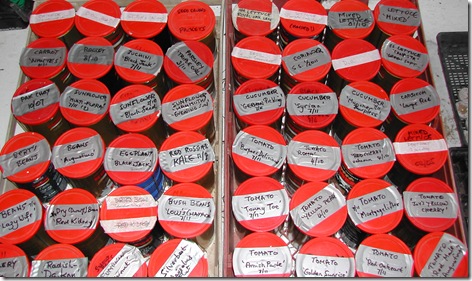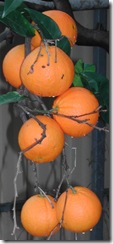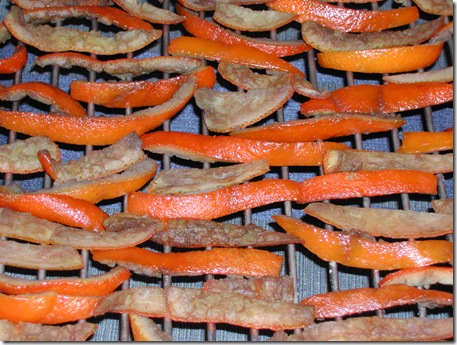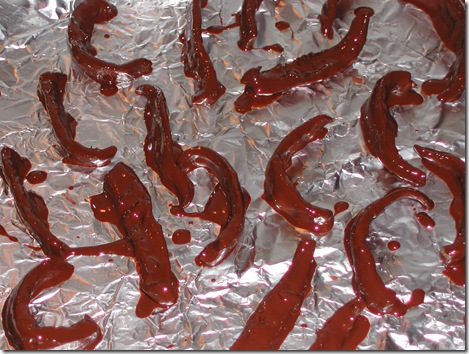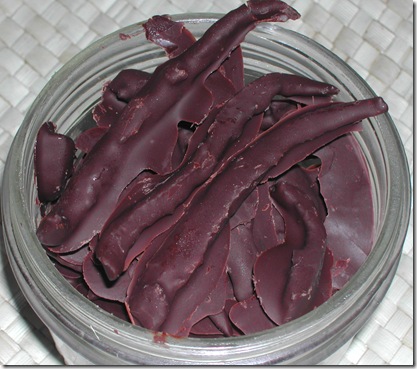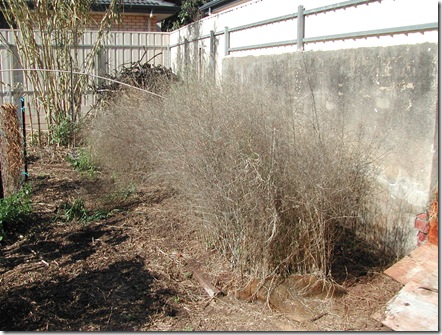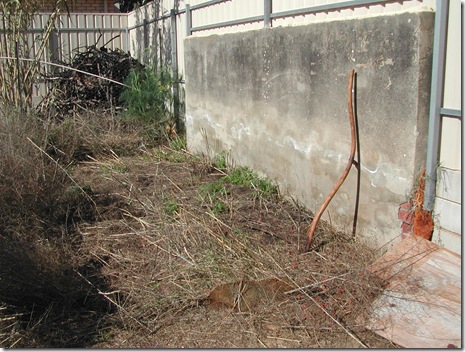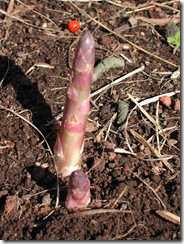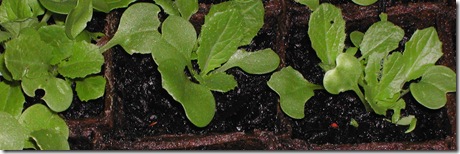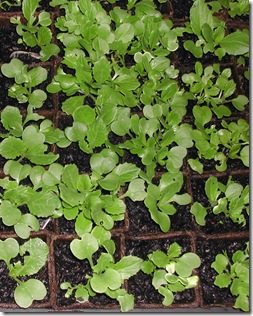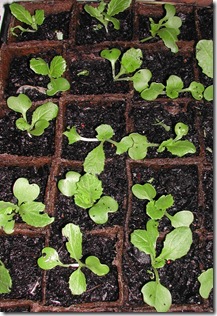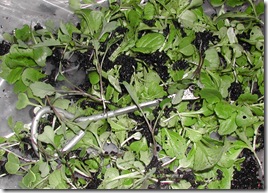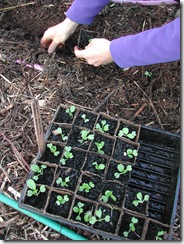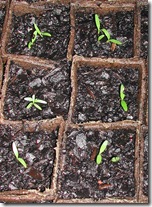It’s late winter in Southern Australia. Really late in fact, because the official start of Spring ‘down under’ is the 1st of September, now only four days away…
Someone should have told Mother Nature – she’s turned up early, the weather is sunny and warm, and the peach and pear trees are in blossom. Time to get out the seed collection and look for any holes that will give me the delightful excuse to wander down to the shops and buy one of the few things that shops sell that interest me – packets of vegetable seeds.
But this year that thill is not to be – the only seed I haven’t saved on from last autumn is Spring Onion seed.
So on this Seed Saver’s Sunday, I’ve whittled the collection down to about 50 varieties of vegetables that will be planted out in the coming warmer months. Another 50 tins of seed have been set aside: these contain winter vegetables, varieties that I’ve saved on but have no further interest in planting out, some (like sweet corn) that use too much water, and a few that are probably past their used-by-date.
Here’s the list for this year – it doesn’t include all those winter herbs and vegetables already out in the beds and powering along (broad beans, potatoes, fennel, mint, horse-radish, onions, leeks, garlic, purple-sprouting broccoli, silver beet, chillies, peas, asparagus, red cabbage, lettuces, strawberries, corn salad and so forth): -
- Tomatoes: – Amish Paste, Golden Sunrise, Red Ox Heart, Italian Red Marl, Joy’s Yellow Cherry, Mortgage Lifter, Burpee’s Delicious, Yellow Pear, Tommy Toe, Roma and Red Cocktail
- Beetroot: Crimson Globe, Cylindra, Derwent Globe
- Cucumber: German Pickling, Syrian, Muncher Burpless
- Basil: Sweet Genovese
- Coriander
- Dill
- Eggplant: Black Beauty
- Capsicum: Large Red
- Lettuce: Royal Oak-Leaf, Purple Oak-Leaf, Green Cos, Red Cos, Canasta, green mignonette, etc
- Radish: Daikon
- Pumpkin: Butternut, Queensland Blue
- Silverbeet: Malcolm’s Flat, Red Chard
- Beans: Lazy Wife (climber), red kidney (dried), Giant of Stuttgart (climber), Cherokee Wax (yellow bush bean), Low’s Champion Bush Bean, snake bean, Bert and Augustino’s seed-savers’ beans
- Sunflower: Multi-flora, black seed (name unknown), Mammoth, Evening Sun
- Chinese vegetables: Pak Choy, Wombok
- Rocket
- Parsley: Triple-curled, Italian flat-leaved
- Carrot: Nantes
- Kale: Red Russian
- Spring onions: flat-leaved
- Celery: Green Crunch
- Zucchini: Black Jack, Early Prolific Straightneck

